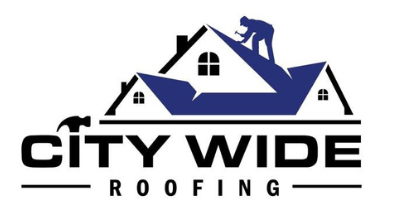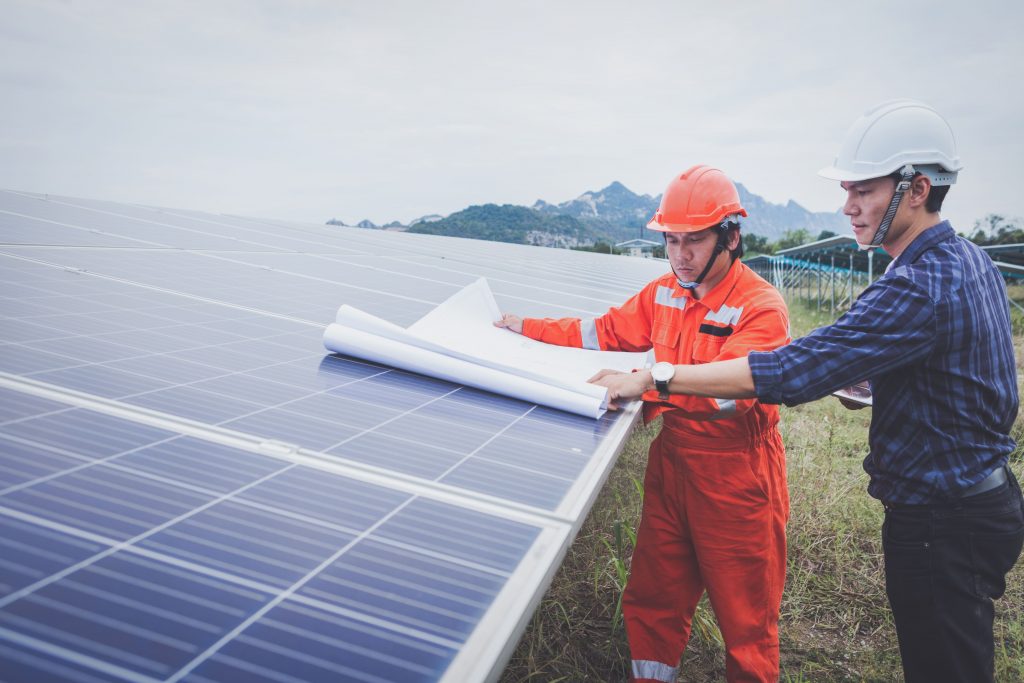It’s clear that energy effectiveness is important to house owners. However what about energy performance for your roof? There are lots of elements to consider when selecting a new energy-efficient roof, however one thing you may not have thought about is the color of your roof. Does black make it hotter? Black roofs can be energy efficient since they reflect heat and cool your house down quicker than white roofs.
A lot of individuals are fretted about the temperature level inside their house. They wish to ensure they have a comfy home at all times, even in the winter season when it’s freezing exterior. Energy efficient roof in Lodis are one method to do this since they can show heat back into your house instead of letting it get away out onto the street or up into the sky. This implies that you will constantly have the ability to remain cool and relaxing indoors while saving money on energy costs!
It’s not simply the color of your roof that matters; it can likewise be how well insulated it is. Energy-efficient roofs are designed to keep heat in during the winter and out in the summer season. And when you factor in all the benefits they provide, like saving money on cooling and heating expenses, extending roof life span, reducing maintenance over time, and protecting versus leaks or water damage due to ice dams or heavy snowfall, an Energy efficient roof in Lodi really spends for itself!
Many individuals think that black roofing material is energy efficient and cooler than other colors. However, this may not hold true. In fact, a black roof can increase energy usage by as much as 30%. This post will go over if black roofs are energy efficient and just how much energy they use.
It’s a common misunderstanding that black roofing material makes houses hotter. In fact, Energy efficient roof in Lodis have actually been shown to be cooler than conventional products. There are numerous elements involved in how hot or cold your house will feel depending on the time of day and what angle the sun is at, however energy efficiency is one aspect that can keep it from being too stuffy indoors when you’re trying to cool down with cooling.
Light-colored roofs show heat while black colored roofs absorb heat and transfer it into your house. Many people prefer dark-colored roofs due to the fact that they warm the interior of your home. Nevertheless, several other elements figure out the temperature levels inside your home. A dark roof will not warm your house if you reside in a frigid location.
However, if you live in a warm area, a dark roof might make a substantial difference to things like energy expenses. What occurs is that the roof will absorb heat and move it to your interior, therefore lowering the amount of heating needed in your house. On the contrary, if you live in an extremely hot area, a light-colored roof will keep your home cool.
Here are things you can do to regulate your house temperatures if you have a dark-colored roof.
- Correct Insulation
You can insulate your dark-colored asphalt roof to minimize the amount of heated transferred into the home listed below. When the interior temperatures increase, your house becomes uncomfortable.
- Proper Ventilation


